17 Offensive Movies That These Actors Should've Stayed Away From With A Ten-Foot Pole
1.C. Thomas Howell as Mark in Soul Man (1986)
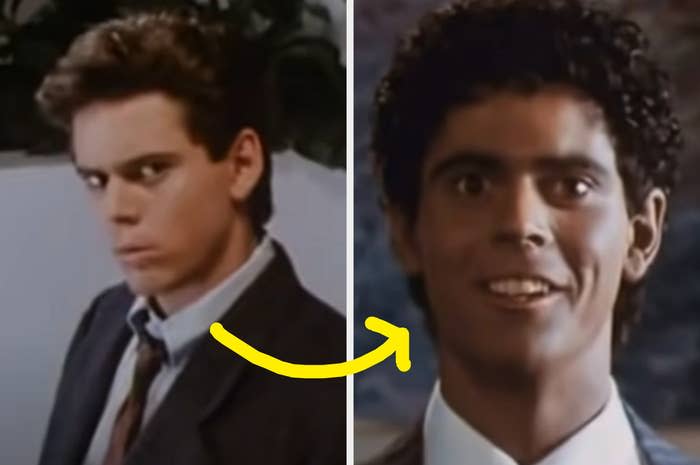
Why it was offensive: The plot of the film involved Howell's character donning Blackface in order to qualify for a Harvard scholarship meant for Black students. Through the process, he learns that racism exists, and falls for the Black single mother who was actually supposed to get the scholarship...who inexplicably gives him another chance after she realizes he was white all along (because he stood up for her when someone said a racist joke in front of them). It's an offensive film and role overall — though in 2013, Howell stood by it, calling the film "innocent" and anti-racist.
Watch a particularly offensive scene here:
2.Gwyneth Paltrow as Rosemary in Shallow Hal (2001)
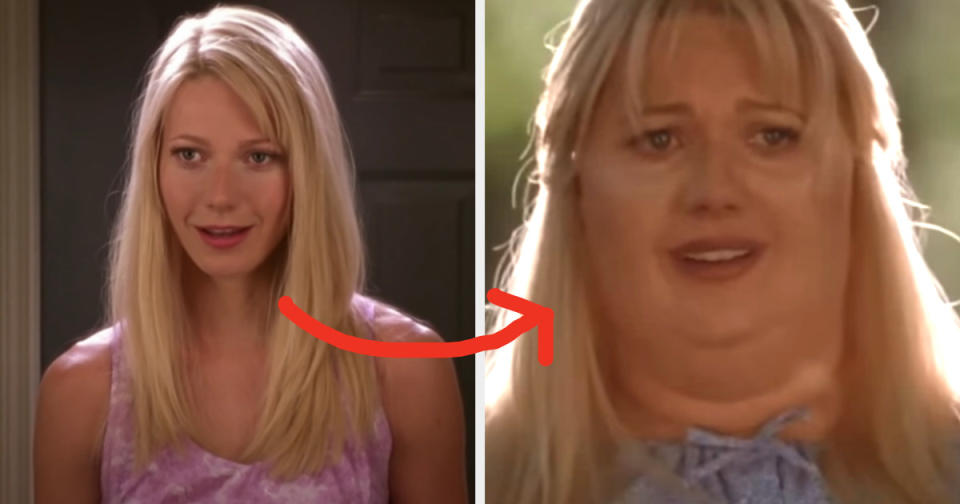
Why it was offensive: To play the character, Paltrow donned a fat suit — which itself is problematic. Even worse, the plot of the film was about a man who's hypnotized to see women as how beautiful they are on the inside. He falls for Paltrow, seeing her as the left image, when actually she looks like the right image. When he realizes her weight, he is disgusted, though he eventually reconciles with her in the end. The whole thing is extremely anti-fat and basically posits that fat people are disgusting and unattractive.
Watch a few scenes of Rosemary here:
3.Mickey Rooney as Mr. Yunioshi in Breakfast at Tiffany's (1961)
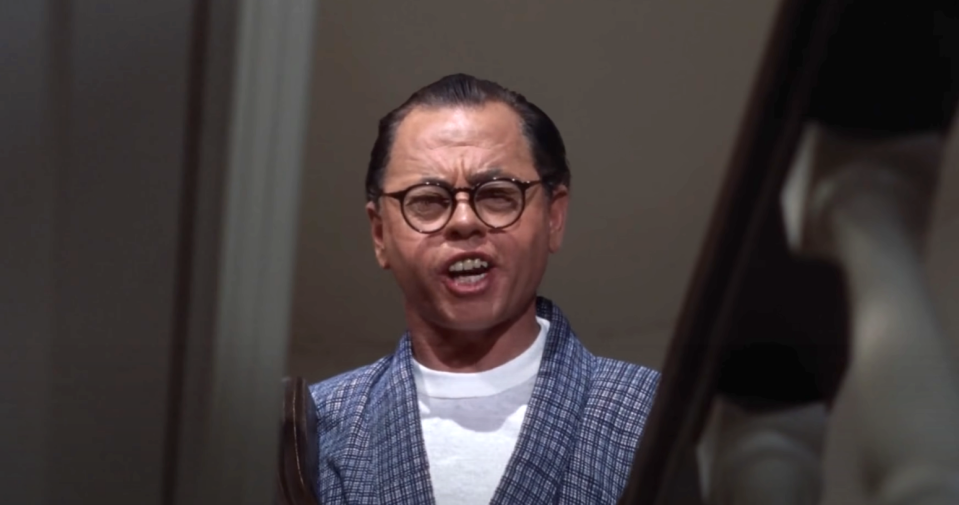
Why it was offensive: Mickey Rooney, a white actor, was cast to play an incredibly racist caricature of an Asian man. There's really not much more to say here.
Watch some scenes of Mr. Yunioshi here:
4.Hilary Duff as Sharon Tate in The Haunting of Sharon Tate (2019)
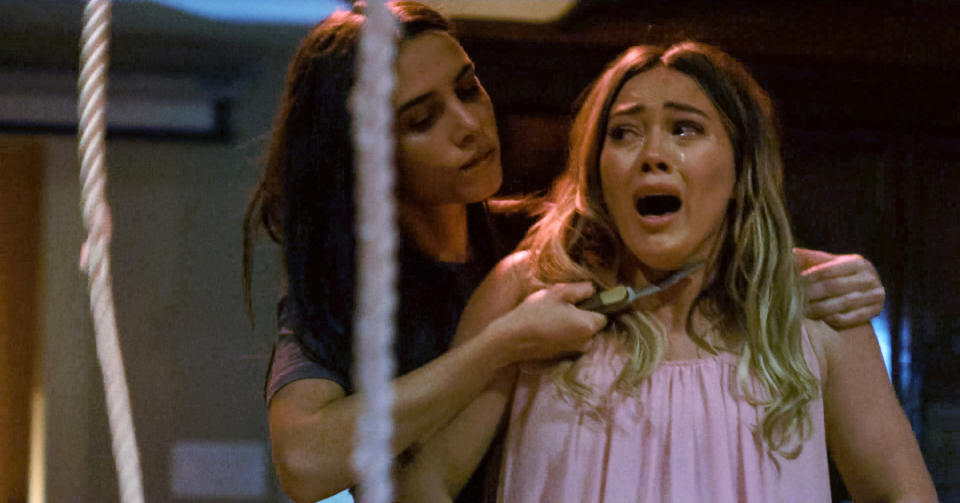
Why it was offensive: Making a horror film about a real-life murder is already dicey, especially when it re-imagines said murder, is done while the family of the victim is still alive, and the family do not approve of it. Tate's sister called the film “extremely exploitative and socially irresponsible," and reviews agreed.
Watch a trailer here:
5.Scarlett Johansson as Major Mira Killian / Motoko Kusanagi in Ghost in the Shell (2017)

Why it was offensive: Johansson, a white actor, was cast as the main character in a Japanese manga (and its animated 1995 adaptation). There were also reports that Paramount and Dreamworks were testing visual effects to make her look more Asian, though the studios denied the reports and said they'd done a test on an extra but scrapped it. Johansson responded to the criticism by saying, “I think this character is living a very unique experience in that she has a human brain in an entirely machinate body. I would never attempt to play a person of a different race, obviously.”
Watch a trailer here:
6.Nat Wolff as Light Turner in Death Note (2017)
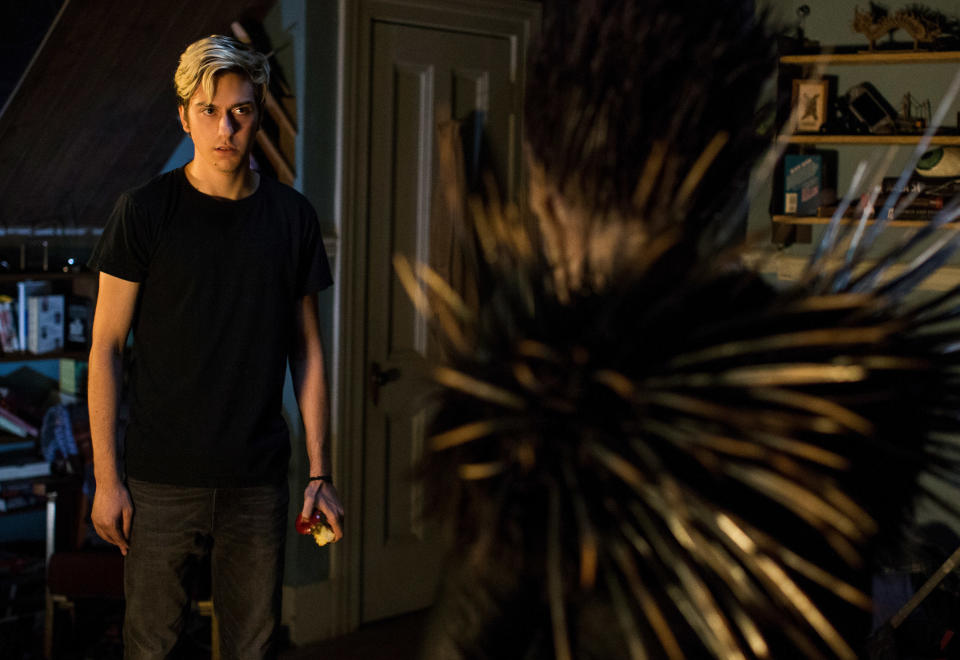
Why it was controversial: Similarly to Johansson, Wolff was a white actor playing an originally Japanese character (whose name had been changed from Light Yagami to Light Turner for the film; the location was also changed to Seattle). In fact, none of its major characters were plaid by Asian actors. IndieWire critic, Hanh Nguyen, wrote about how this affected the story: "This story, like many taken from the most popular anime or manga, has cultural significance to Japan. ... The concept of a death god is very common in Japanese lore, and therefore comes with a set of expectations or rules. Setting the story in Seattle and not having anyone Asian American play the role of Light Yagami, now Light Turner, removed that context." Fellow critic, David Ehrlich, agreed, "the vanilla treatment suggests that race/culture/identity isn’t important to this story. In which case, genre stylings notwithstanding, whiteness — and a lack of Japaneseness — become some of the only notable ways that this film differentiates itself from the previous iterations of this property. And that doesn’t sit well. Neither does the implication that whiteness is synonymous with the American experience."
Watch a trailer here:
7.Tilda Swinton as Ancient One in Doctor Strange (2016)
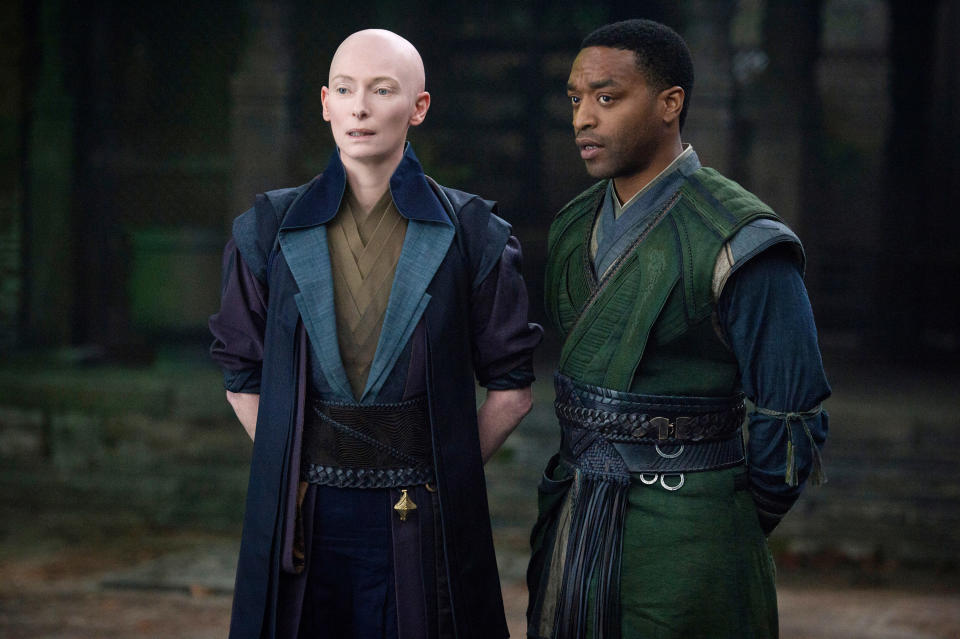
Why it was controversial: In another example of yellowface, Swinton was cast as a character that was depicted in the comics as a Tibetan man. Marvel boss, Kevin Feige, later admitted this was a mistake, saying they'd actually cast Swinton in a bid to avoid Asian stereotypes. “We thought we were being so smart and so cutting-edge,” he said. “We’re not going to do the cliché of the wizened, old, wise Asian man. But it was a wake-up call to say, ‘Well, wait a minute, is there any other way to figure it out? Is there any other way to both not fall into the cliché and cast an Asian actor?’ And the answer to that, of course, is yes.” However, the screenwriter, C. Robert Cargill, claimed the role was changed because China would not show the film if it had a Tibetan character — though he later said he did not speak for Marvel, was not involved in casting, and that his statements were just "personal musings" about the character.
Watch a scene with her from the film here:
8.Rooney Mara as Tiger Lily in Pan (2015)
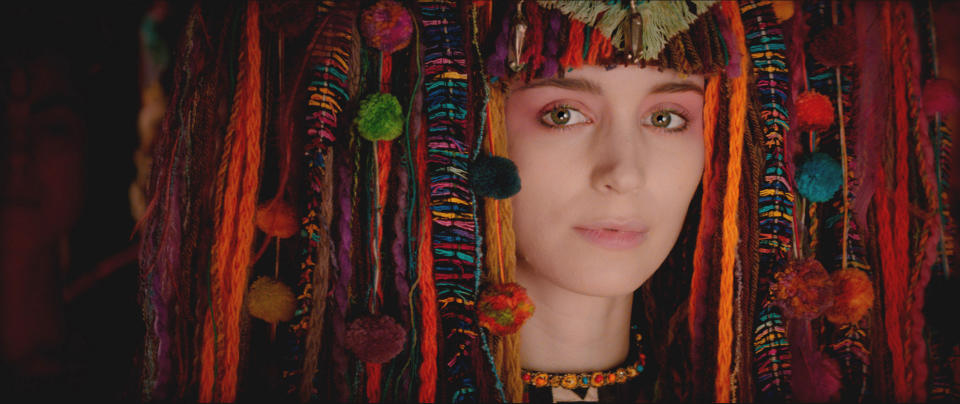
Why it was controversial: Mara, a white actor, portrayed Tiger Lily, a Native American character, in this Peter Pan prequel. She later said she regretted taking the role after all the backlash: "There were two different periods; right after I was initially cast, and the reaction to that, and then the reaction again when the film came out. I really hate, hate, hate that I am on that side of the whitewashing conversation. I really do. I don’t ever want to be on that side of it again. I can understand why people were upset and frustrated.” Apparently, according to Warner Brothers, they wanted to create a world for the film that was "multi-racial/international – and a very different character than previously imagined." However, many pointed out that the four main characters were all white.
Watch a scene with her character here:
9.Jake Gyllenhaal as Prince Dastan in Prince of Persia: The Sands of Time (2010)
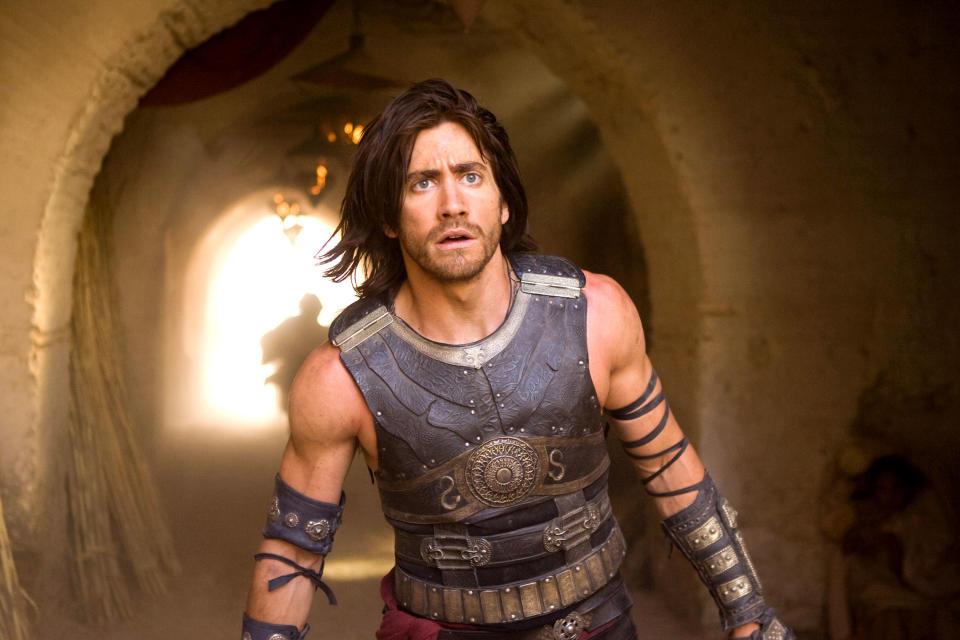
Why it was controversial: In yet another example of whitewashing, Gyllenhaal was cast as an Iranian character. Nine years later, Gyllenhaal reflected on the role and the controversy surrounding it: "I think I learned a lot from that movie in that I spend a lot of time trying to be very thoughtful about the roles that I pick and why I’m picking them. And you’re bound to slip up and be like, ‘That wasn’t right for me,’ or ‘That didn’t fit perfectly.’ There have been a number of roles like that. And then a number of roles that do.”
Watch a trailer here:
10.Eddie Murphy as Norbit, Rasputia, and Mr. Wong in Norbit (2007)
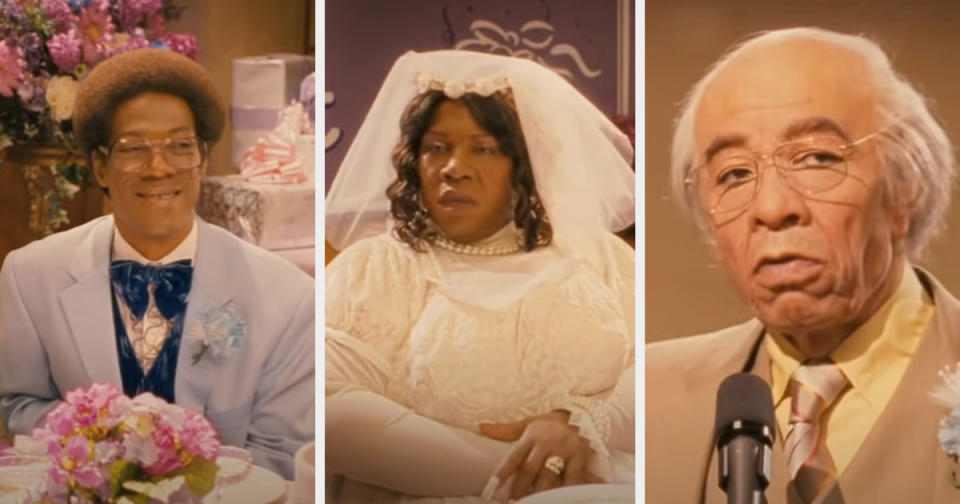
Why it was offensive: As critics pointed out after the film premiered, the movie was full of racist, anti-fat, and misogynistic stereotypes. One critic wrote, "It probably isn't possible for a single movie to reverse all social progress made since the civil-rights era, but Norbit, the latest broadside from Eddie Murphy, does its best to turn back the clock" while another wrote, "the plot relies on the idea that being fat also means you're a horrible bitch." While Murphy didn't write the film, his enthusiastic involvement (and playing up of these stereotypes) was clear. In addition, for his role as Rasputia, Murphy dressed in drag and a fat suit. And for his role as Mr. Wong, Murphy dressed in yellowface.
Watch a trailer here:
11.Adam Sandler as Jack and Jill in Jack and Jill (2011)
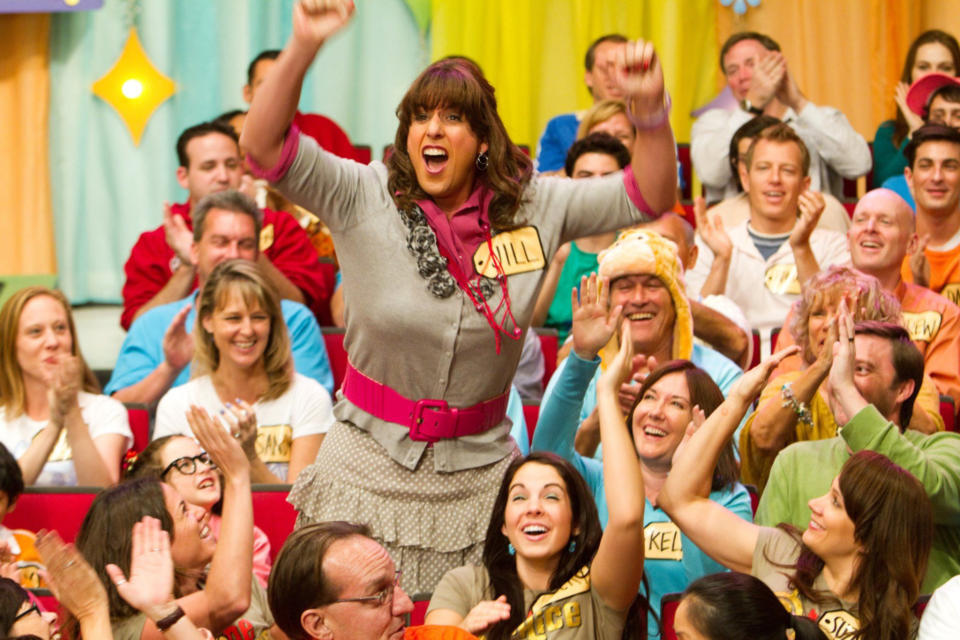
Why it was offensive: The whole gimmick of cisgender straight men playing both a cisgender straight male character and a woman in a film is just tired and offensive at this point. There's really just no reason not to cast a woman in the other role other than the problematic "comedy" of "oh look, there's a famous male actor in a dress!" Beyond that, Sandler's misogyny shows in the way his character is portrayed (not, as this review points out, a version of who Sandler himself might be as a woman, but instead an annoying shrew). Add in a speech impediment for humor's sake and some racist comments, and you've really got the perfect problematic cocktail.
Watch a trailer here:
12.Sam Claflin as Will in Me Before You (2016)

Why it was offensive: Claflin, a nondisabled actor, was cast as the tetraplegic character, Will (the character did appear able-bodied in his first scene, but showing his accident really wasn't a necessary part of the story). In addition, the movie ended with the really problematic message that a happy ending for a tetraplegic person would be to die, as this is what Claflin's character chooses. The message was heavily criticized by disability rights groups and activists.
Watch a trailer here:
13.Eddie Redmayne in The Danish Girl (2015)
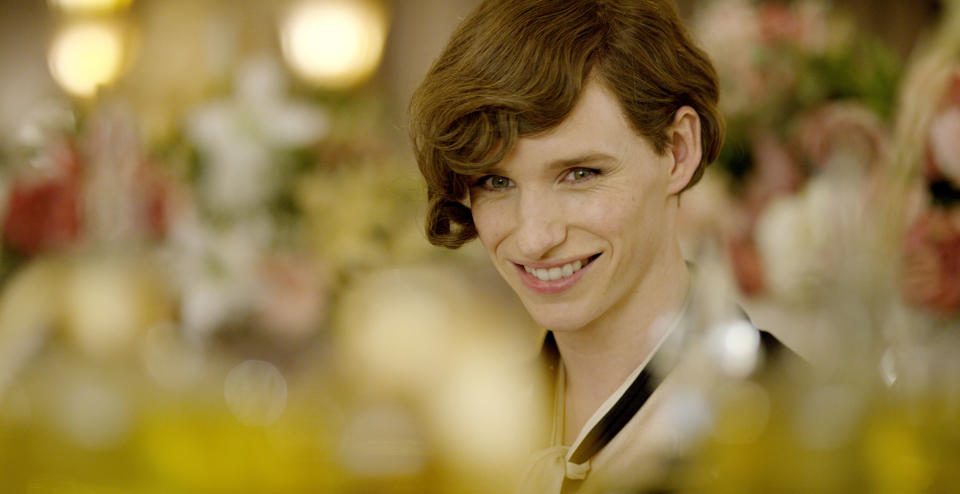
While Redmayne's performance was praised (and earned him an Oscar nomination), many criticized him for taking the role, saying it should have gone to a transgender actor. He later said he regretted taking the role, saying, "The bigger discussion about the frustrations around casting is because many people don’t have a chair at the table. There must be a leveling, otherwise, we are going to carry on having these debates.” The film was also criticized for not accurately following the real-life story of Lili Elbe or paying her enough respect, existing instead as Oscar bait.
Watch a trailer here:
14.Jeremy Irvine as Danny in Stonewall (2015)
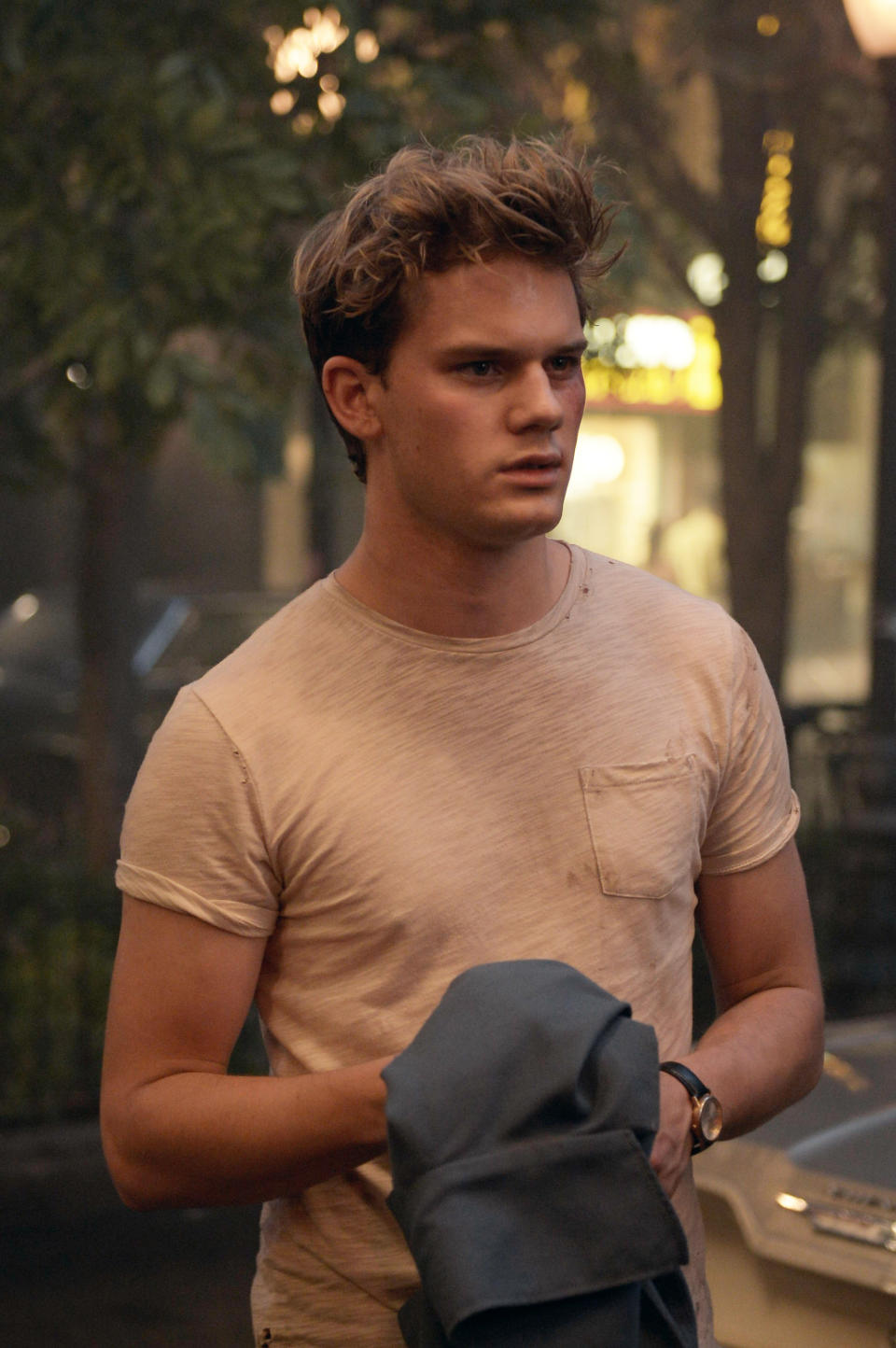
Why it was offensive: The movie largely whitewashed the entire Stonewall uprising and made the main role, Danny Winters, a white gay man, when in reality many of the prominent figures, including Marsha P. Johnson, were Black and/or trans. In fact, director Roland Emmerich said he made the movie for straight people as well as gay people, and that “for straight people, [Danny] is a very easy in. Danny’s very straight-acting. He gets mistreated because of that. [Straight audiences] can feel for him.” Danny largely serves as an audience stand-in who is clueless about the gay rights movement, providing other characters an opportunity to explain things to him so that the audience understands.
Watch a trailer here:
15.Maddie Ziegler in Music (2021)
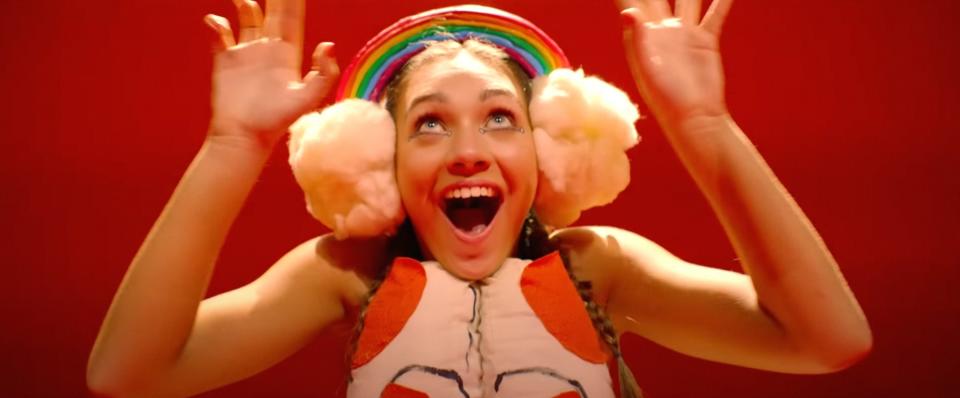
Why it was offensive: Ziegler portrayed a nonverbal autistic character, despite being a neurotypical actor. Reviews noted that her performance was like a caricature of an autistic person, and that her character mostly served as a "cheap prop in a dumb modern fairy tale about the able-bodied woman who uses her as a catalyst for her own self-growth." Ziegler apparently cried when rehearsals began, afraid people would think she was making fun of them, though Sia (who created the film) assured her this would not happen. The movie also faced criticism for its portrayal of the use of restraint on autistic people, which is not recommended and can be dangerous and even fatal.
Watch a trailer here:
16.Jeremy Saville as Joe in Loqueesha (2019)

Why it was offensive: The film, which follows a white man posing as a Black woman in order to get a job as a talk show host, is just offensive any way you look at it. But the role of Joe, which sees Saville practicing a form of Blackface by engaging in a caricature of Black women, has got to be the worst part to play in the film.
Watch a trailer here:
17.And finally, Isla Fisher as Gloria in Wedding Crashers (2005)
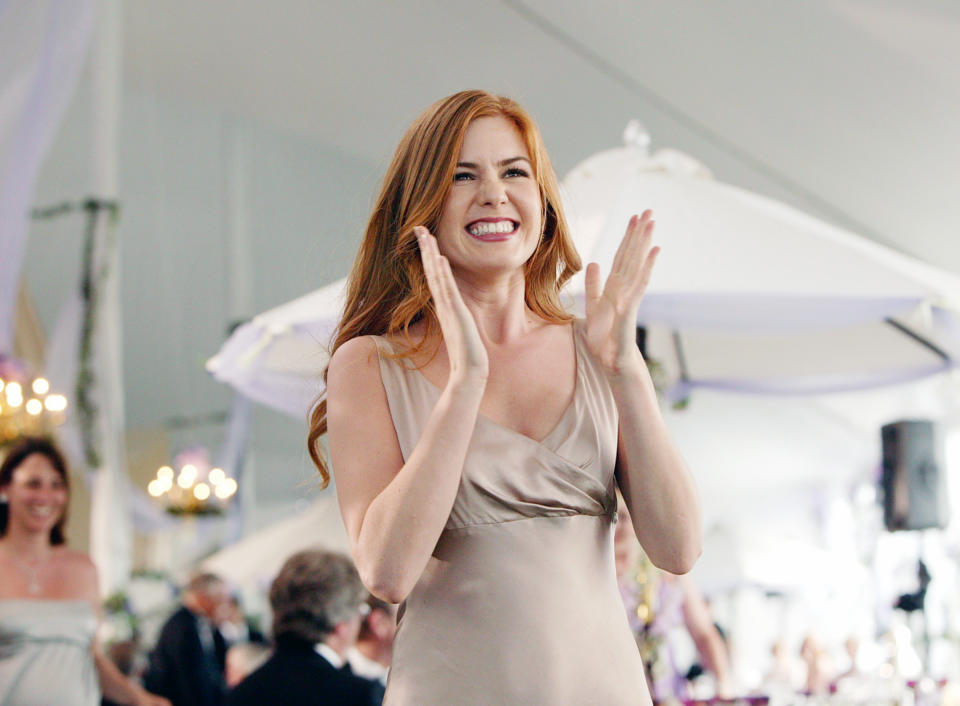
In the film, Gloria is simply depicted as "clingy," but watching it back, she continuously ignores Jeremy's rejections and makes him uncomfortable, and later rapes him. It's all played for comedic effect, and the two end up together. Beyond even Isla's basic characterization of Gloria contributing to the trope of a crazy woman, this scene reinforces the false idea that men can't be raped or that the idea of a woman sexually assaulting a man is funny.